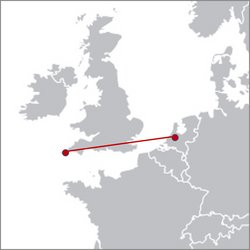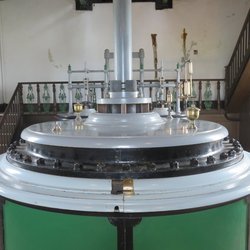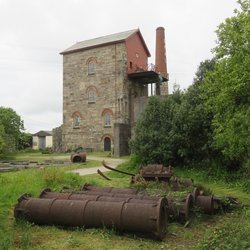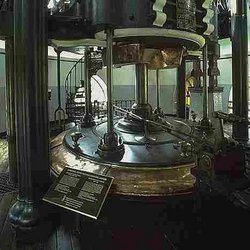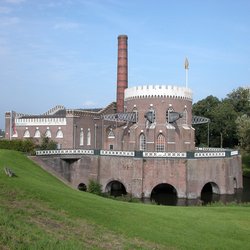Cornish steam engines drain mines and more
Without steam engines from Cornwall, industrial mining in the 18th and 19th centuries would literally have collapsed. And so would Amsterdam. Why that? Because the Dutch capital had a serious problem: The neighbouring Haarlemmermeer, a freshwater lake that was used for peat cutting, had become so large that the city was highly likely to be flooded in the event of severe storms. Even the most massive embankment seemed too weak, and plans to drain the huge lake with hundreds of windmills failed because of the costs, among other things.
In their distress, the country's experts looked to Great Britain and Cornwall in particular. The Cornish mechanical engineers had earned a reputation for draining mines with powerful high-pressure steam engines designed by Richard Trevithick, who was Cornish as well. It was exactly this high-tech equipment the Dutch had in mind. So they turned to Harvey & Co. of Hayle, Cornwall, one of the leading engineering companies at the time. Harvey had already supplied the Cornish East Pool mine near Redruth with high-pressure steam engines - today they are among the last surviving examples.
The same company won the order to build two of the three pumping stations required by the Dutch, including the largest steam engine ever constructed. It was installed in the De Cruquius steam pumping station - and is still on display as well. And the Haarlemmermeer? Fertile farmland today and no longer a threat to Amsterdam.

